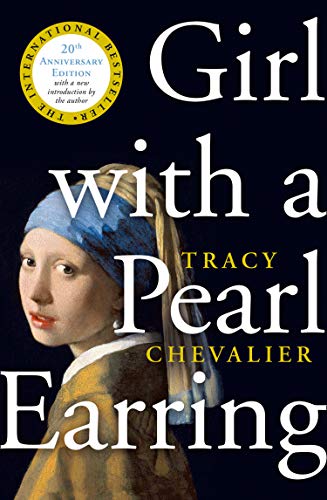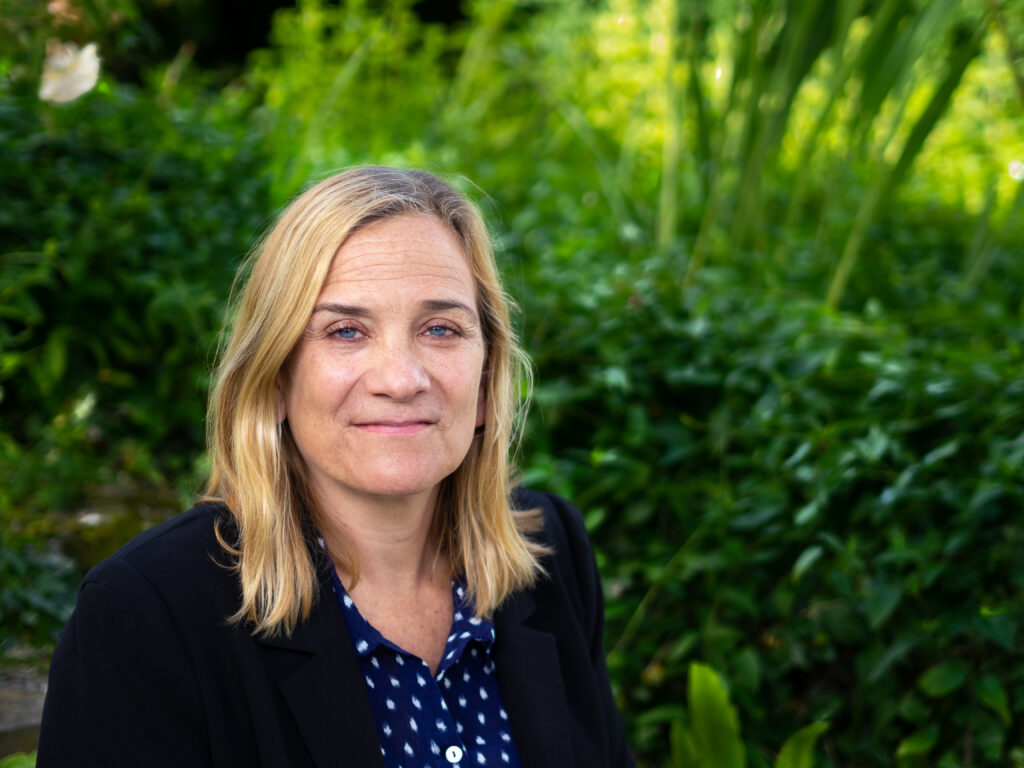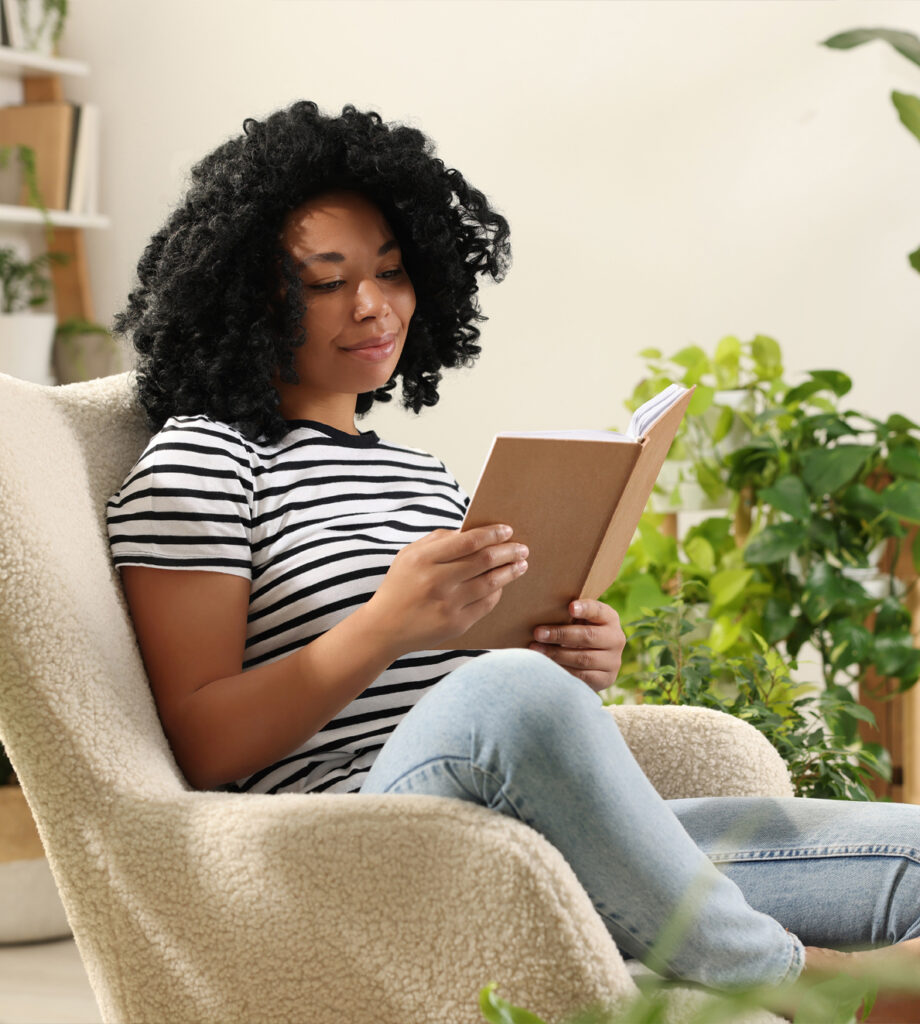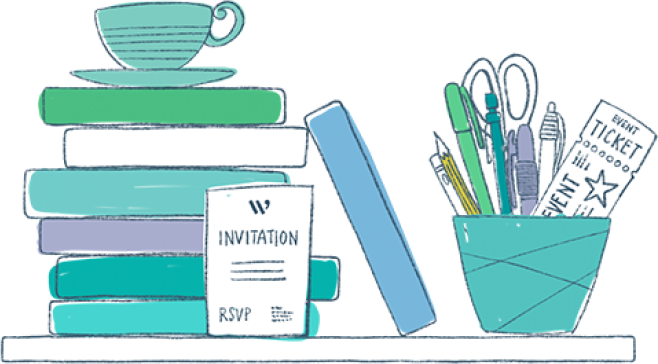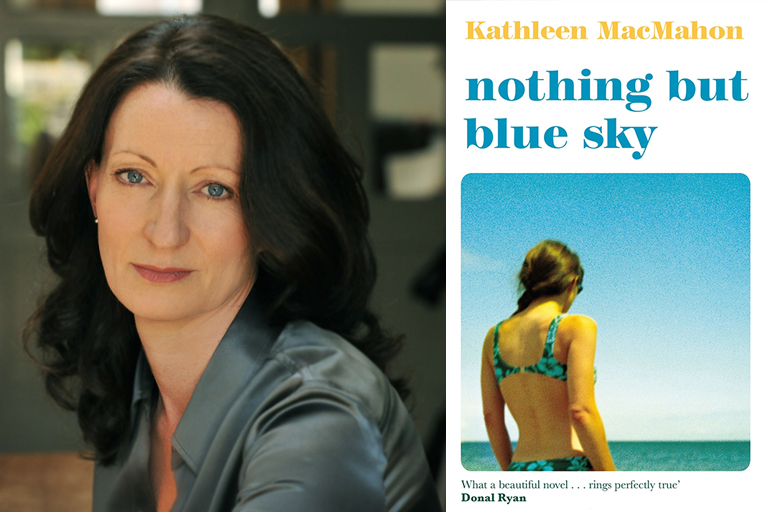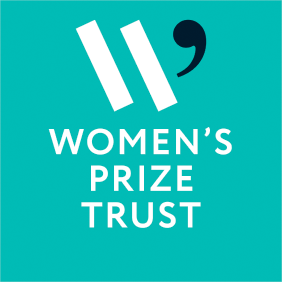When award-winning novelist Tracy Chevalier joined us on the Bookshelfie podcast to choose her five favourite books by women, she also treated us to some fascinating insights into her creative writing process.
Read on to discover writing tips from the bestselling author of Girl with a Pearl Earring – and make sure to listen to the full episode to discover some of Tracy’s favourite books written by women.
Look for lessons
‘I think I’m always looking for escape – both in reading and in writing. I think for me the best balance of a novel is when you’re reading it for entertainment, but by the end of it, you realise you’ve learnt a lot. That’s sort of what I try to do with my writing – I don’t want to be didactic, but I think it’s really important to be interested in things that we don’t know anything about and want to find out about, because it makes us more textured as people.’
Be passionate
‘You learn so much from reading books about storytelling – how to tell a story, how to tell it in a classical way, in a different way, what it is readers expect. I’m always puzzled by people who say to me they’re writing a novel, and then I ask them what they’re reading and they say that they don’t have the time to read! That would be like a musician never listening to other musicians – why would you do that? You have to really be passionate. If you’re writing a novel, it takes a while, and you need to be completely into what you’re writing about and really care about what books are, and what books do, in order to write them yourself.’
Try to write by hand
‘I do write by hand. For writing fiction, I need to think about each word as I’m writing it down and I actually write a lot more slowly by hand than I type – I type fast. Typing into the computer feels a little inorganic, and there is kind of a direct connection between my brain and my writing hand. Also, when you have your writing on the screen, it’s all beautifully typeset and you think you don’t need to fix any of it because it looks good – and you mistake it looking good for it actually being any good. Whereas, when writing by hand you’re crossing things out as you go, you’re moving things around, and you can see the roadmap of your brain – of what you’re thinking and what you’re writing. Whereas on a Word document, it just kind of gets rid of all of that – those changes that you make. So, I like to see that roadmap. Of course, I do use the computer at the end of the day or every few days of writing; I’ll type in what I’ve written and I use it to edit. Even so, when I’ve finished the draft, I print the draft out, I don’t go back and read it on the screen – I look at it on the page and I correct it on the page. It is a little more laborious, but it works for me.’
Immerse yourself in the world
‘[For my books] I had to do enough research to understand what their daily lives would be like – what they ate, what they wore, how often did they bathe? What were their houses like? How did they sleep? What time did they get up? All of that stuff. I had to work it out so that I could convince the reader and create a world for the reader to understand and accept. I had to reassure the reader that I knew what I was talking about. And so I do way more research than I ever put in a book. I just have to know it, so that it feels genuine.’
Just write – even if it’s just a line!
‘People ask me, what do you do if you have writer’s block? You have to just do it. Just ignore it. Just write anything. Because something will come out of that day of writing. You might throw all of it away except for one line, and that’s fine. It means you’ve been productive with one line.’
